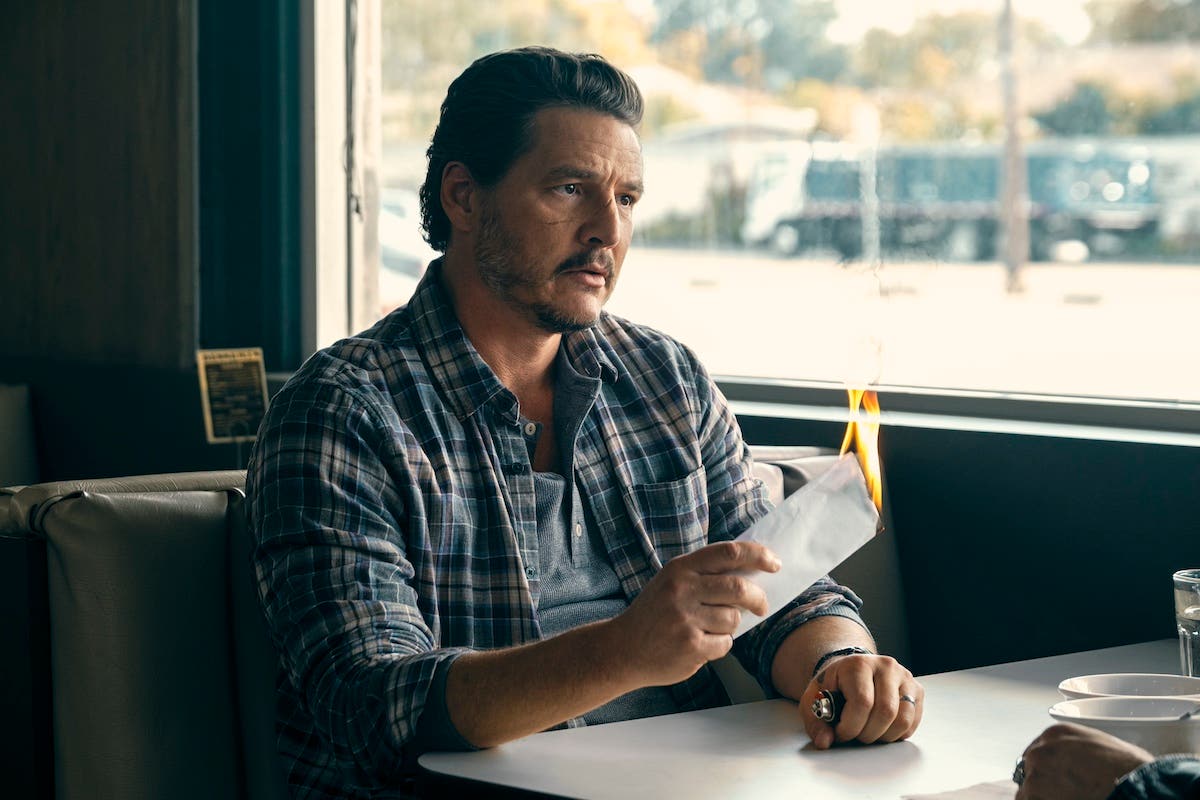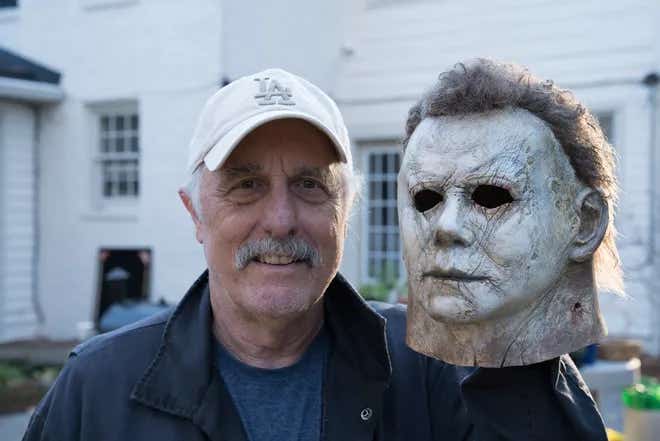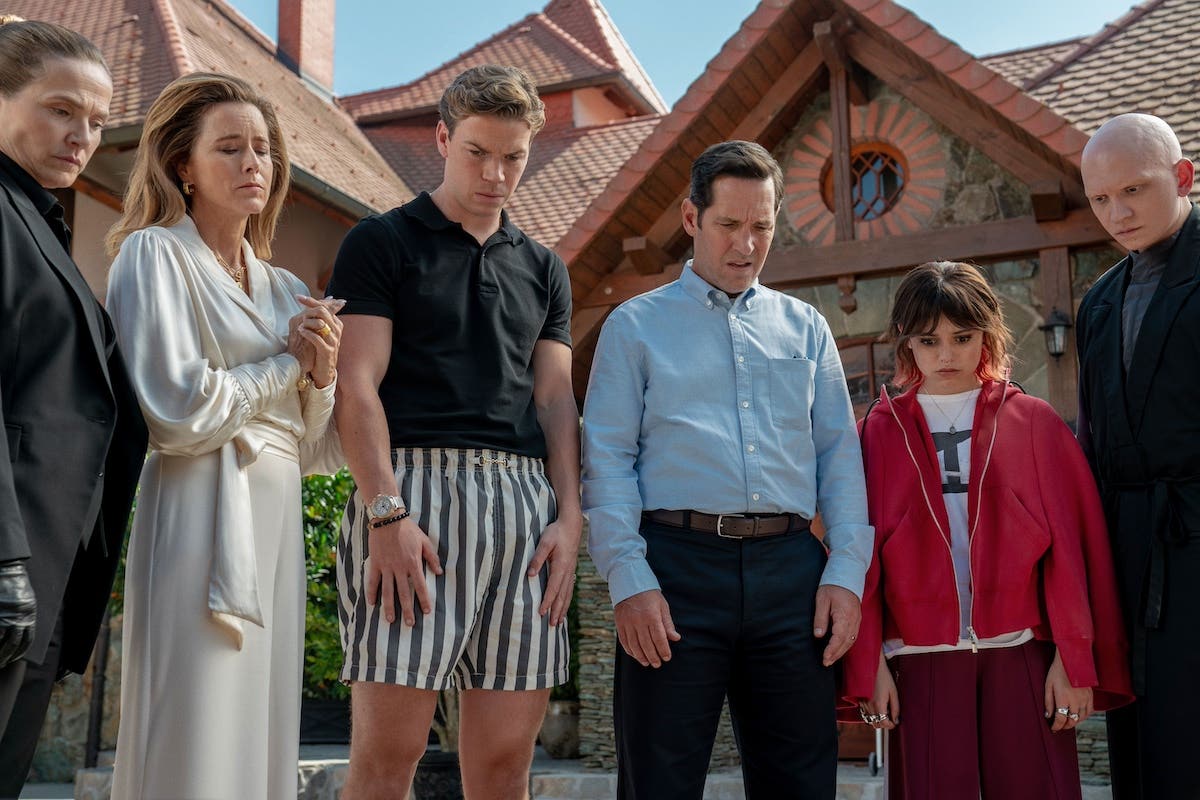WRITERS ON WRITING: On ‘Frozen River’
Courtney Hunt, writer and director of the 2008 Sundance Grand Jury-winning film Frozen River, shares her experience writing her Oscar-nominated script.
Courtney Hunt, writer and director of the 2008 Sundance Grand Jury-winning film Frozen River, shares her experience writing her Oscar-nominated script.
Writing Frozen River was a long process, with many twists in the road. I started with an image of two women driving on a frozen river across the U.S./Canadian border.
All I knew for sure was that one of them was a Mohawk Indian and the other lived in a trailer.
I had read about women smugglers at the border of New York State running cigarettes in the trunks of their cars via a Mohawk Indian Reservation that straddled the border. I followed this story in the news and over the next few years, there was a shift from cigarettes to other “commodities” like illegal immigrants. I got to know some Mohawk people, and I learned that smuggling had been going on at this border since before Prohibition. I wrote a draft of the script focusing on cigarette smuggling, but was not convinced I had found the story. I stuck the thing in a drawer and wrote another script hoping the smuggling story would go away, but it did not.
Meanwhile, I had a baby, 9/11 happened, and we ended up moving up the Hudson River to Columbia County north of New York City. One day, out of nowhere, while I was scratching down a few lines during my baby’s nap, the voice of one of the characters from that first image of the women crossing the frozen river started spilling out on the page. It was the trailer mom. Her voice was so clear and distinct that it became the basis for a short film. What I heard went like this:
Border life is different from life within territory.
A “Paki” baby dropped along the way with the Mounties on our tail and we kept going with every intention of coming back for it—if it doesn’t freeze, first.
A long invisible like bisecting fields, rivers, and sometimes a house or barn. Living room in Quebec, bathroom in uppermost New York State.
My partner isn’t saying much, again. Her mother-in-law stole her baby right out of the hospital and now she’s all torn up about the “Paki”—wants to go back and dig around in the snow.
But we’ve run the load and there was no mention of a baby in the fee—anyway the Mounties probably picked it up thinking it was a case of cigarettes dumped in the chase.
No backtracking: I’ve got my own two at home—if they haven’t burned it down—an AWOL husband, an eviction notice, and a double-wide dream with wall-to-wall carpet if I can just get enough for the deposit—so no backtracking across to Cornwall Island, the frozen path marked with X-mas trees left over from Santa-stained Mohawk Christmases —a half-hearted effort, mostly for the sake of the kids who get the idea from the Mall in Massena or TV.
Mohawk don’t know enough to get artificial trees And save the cash for something good like siding to cover up the tarpaper! And my partner still isn’t saying much. I say just go and get your own damn baby from your mother-in-law: walk in the front door and take him. Borrow my gun if you need to.
But she’d rather face the Mounties, the Troopers, the Border Patrol, and the FBI than look the old woman in the eye knowing her husband, the old woman’s son, is tangled in weeds at the bottom of the river. His car went through the ice on a run.
So we’re going back to look for the little “Paki” cause I can’t take it when my partner stops talking.
After writing this, my first thought was, oh, my God, I’ve turned into a poet—now I’ll never make money! However, I soon realized that this was the blueprint for a short film, and that the most important traits of the trailer mom, Ray, and the Mohawk girl, Lila, as well as the main action of the feature script were all contained in it. I converted it into a short script and shot it two months later. Soon after, I expanded it into the feature screenplay.
As for the strange form the monologue took, all I can say is that after my baby was born, I developed a hatred for writing complete sentences, for writing prose. (I’m struggling with it at this very moment.) I think breaking out of this obligation to write in complete sentences with grammar and commas somehow freed me to get out what my characters had been trying to say.
The Groundwork
When I began to write the feature script of Frozen River, I took notes for about three months and wrote mostly in fragments with lots of spaces. This was slow, but I wanted to know all I could about each of the characters before I started writing in script form. I kept (and still keep) a pen with me at all times so I can jot down random things that may occur to me out in the world. Often, these occurrences would happen while I was driving; somehow the motion of the car set the camera in my mind rolling, as hokey as that sounds.
I was quite open during this part of the process. However, one thing I was very strict about was forcing myself to make choices about the characters. I never wrote down questions about aspects of the characters like: Does she have a job? Instead, I chose something like: She works part-time at a dollar store. For me, it is better to commit to something and then change it if it doesn’t work further down the road. Staying on the fence about what a character does or wants slows me down. Committing to a course, even if it’s ultimately the wrong direction, keeps the writing process going and saves time.
Now that I knew the broad shape of the story, I made a list of everything that happens in it. For Frozen River, it looked like this:
1. Ray discovers her husband has taken the money for their double-wide from her car.
2. Her young son hears the trucks coming to deliver the double-wide.
3. She lies to the dealer to get him to leave the double-wide, etc.
4. The dealer leaves with the house and her son chases after it ...
I wrote all character actions in active verbs to keep the story moving. The list included everything the character does and emotional moments as well. This list became the scene list. When I could tell the story in roughly 60 scenes, I knew I was close to writing. However, I wanted to make sure I knew the guiding question first.
For me, every script asks some big, bad-ass question. Finding out what that question is keeps me on track while I am writing. In Frozen River, the question was: Can two women from different cultures stick by each other when their own survival is threatened? In discovering this question, I tried to stay away from do-gooder themes like “love conquers all” and “crime doesn’t pay,” and I made no attempt to answer this big question until the end of the first draft. I learned this from Toni Morrison who has talked about finding the question when writing a novel.
The Process
Once the scene list was done and I knew my guiding question, I started writing from the beginning of the story. From this point on, I basically turned the thing over to the characters. I just tried to keep up and not interfere with them or overprotect them. I knew my characters were going to get banged up and I had to stay out of it. It was really hard, but my motto is: If walking into the unknown, led by desperate people that you’ve made up in your head, doesn’t sound like fun to you, screenwriting may not be your true path.
I got the first draft done in about six weeks. During this time, I did not travel, take on new jobs, visit family, or do anything else that might emotionally distract me from the main line of the story. Cooking was out of the question—we ate out every night, which is tricky with a four-year-old in a small town with three restaurants. Sometimes we had to drive to another town to find one, but it was worth it. It sounds small, but the distraction of making dinner in my own house was too much.
I did not talk to anyone besides my husband about what I was writing. With him I would just ramble, and he would listen, nod encouragingly, and refrain from putting in his two cents. (He is a highly evolved human being.)
Once I completed the first draft, I let my husband and two friends read it. For me, this part of writing is the most dangerous, and I learned from a great playwright and teacher, Romulus Linney, how to handle it. When readers give me notes, I write down what they say, listen, and don’t argue and then I thank them for taking the time to read what I wrote. After they are gone, I take the piece of paper with the notes, wad it up, and throw it in the trash. Linney’s point was that you need to be respectful of the readers but don’t dwell on what they’ve said or give it too much credit and, for heaven’s sake, don’t let them talk you out of your idea. I would never have survived film-school writing workshops without this wisdom.
So I reworked the first draft, taking the notes into account but not living by them. The biggest problems were working out the dynamic between Ray and Lila when they were alone in the car crossing the frozen river and how the ending would play out. To find the answer, I just asked the characters harder and more specific questions and waited for their answers. At first, there was nothing, then I realized no dialogue was coming because Ray and Lila are strangers. For many days, those scenes were silent, but as time passed, Ray and Lila would blurt things out as one sometimes does with a stranger. The following is from their first river crossing:
INT. DODGE SPIRIT — DAY
Ray drives. Lila sits angled toward Ray with the gun trained on her.
LILA
Why’d your husband leave you?
RAY
Fuck you.
LILA
Maybe he wanted a younger woman.
Ray stares out at the ice.
LILA (CONT’D)
That’s what usually happens.
Ray says nothing.
LILA (CONT’D)
I never have to worry about that, my husband is dead.
Went down in the river on a run. They never found him.
Probably tangled in riverweeds.
She gives Ray a spooky look.
LILA (CONT’D)
You’d better slow down,
there are ruts out here.
You could get us stuck in one.
Ray speeds up a little and roars up the boat ramp, skidding a little.
Lila is definitely showing her power here, but she is also talking to herself. You can hear the story she’s told over and over about her husband—the trauma of it, which she now uses to shock Ray, a stranger. The following is from their second river crossing:
INT. DODGE SPIRIT — DAY
Ray and Lila drive across the smooth surface of the river. Ray smokes with one hand and holds the gun with the other.
LILA
How many bedrooms?
RAY
Three. I got kids.
LILA
How old?
RAY
Five and fifteen.
LILA
I got a boy. Almost one.
Ray looks at her.
LILA (CONT’D)
He lives with my mother-in- law.
(after a moment)
She stole him.
RAY
Stole him?
LILA
Yeah, right out of the hospital.
RAY
Did you call the cops?
LILA
Tribal police don’t get involved in stuff like that.
In this scene, Lila, who has been isolated and shunned on her reservation, reaches out in a very simple, very general way on the subjects of Ray’s double-wide and kids. Again, the fact that they are strangers actually allows them to connect more than if they knew each other. The painful story of losing her child connects Lila and Ray in a deeply personal way. Once I knew the heart of their friendship, the ending of the story wrote itself, and all I had to do was get out of the way.
Originally published in Script Magazine July/August 2008
- Finding Your Writing Process: A Procrastinator's Journey
- Meet the Reader: Processing the Screenwriting Process
- Balls of Steel: Get Real with Your Writing Goals
Watch a FREE Preview of Query Strategies That Work Tutorial
Get this tutorial or subscribe to get unlimited viewing of
all of our tutorials for only $25 a month!
Top screenwriting and film publication, founded in 1989, published by Active Interest Media. Twitter: @scriptmag







